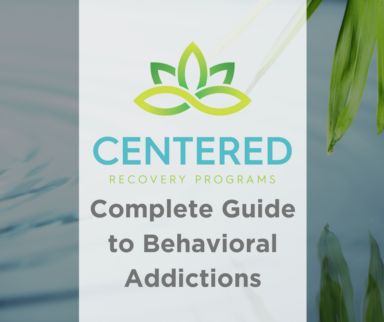Why did we choose a mirror for our “Face of Addiction” scarecrow?

Addiction looks like anyone
Because addiction doesn’t look like any one thing. You can’t pick addicts out of a crowd simply by looking at them, looking at their job, or looking at their living arrangements. Addiction affects people in every socioeconomic level, in every race and gender, and in every religious creed. Addiction touches every job market–Fortune 500 companies to small businesses and everything in between. Almost 1400 people die from drug overdose every year in the state of Georgia, and many thousands more have medical complications from non-fatal overdoses or seek treatment for substance abuse addiction.
Addiction can begin innocently, using a glass of wine or an anxiety medication to get a brief respite from the stressors of life. People who struggle with addiction often cite pain from an accident or surgery as the genesis of an addiction to pain pills. Many who struggle with alcoholism note the “wine and tailgating” culture that supports daily use of alcohol or binge drinking. Some addictions are more quickly life threatening than others, but almost all addictions eventually affect the person’s relationships, work, recreational activities, and future life goals.
The following are just a few of the substances that touch our community.
Heroin: Atlanta and surrounding areas (including the area you’re standing!) has been dubbed the “Heroin Triangle” due to the sharp increase of heroin related deaths in the area–a 4000% increase in a time span of roughly 18 months. “Heroin is an opioid drug made from morphine, a natural substance taken from the seed pod of the various opium poppy plants grown in Southeast and Southwest Asia, Mexico, and Colombia. Heroin can be a white or brown powder, or a black sticky substance known as black tar heroin. Heroin can be injected, sniffed, snorted, or smoked.” (drugabuse.gov)
Opioids: Opioid drugs include pain relievers prescribed during illnesses such as cancer and other diseases, for injuries, and post surgery. Alone, opioids are not inherently dangerous, however when used long-term they can lead to dependence and abuse. Over 12.5 million Americans report abusing prescription painkillers, and in some cases, tolerance for opioids increases to dangerously high levels. There is a strong link between abusing opioid drugs and heroin use, as tolerance increases, heroin quickly becomes a cheaper alternative. Georgia ranks 11th in opioid overdoses in the nation, and that number continues to rise each year. “In fact, there’s been such a huge bump in opioid overdose deaths that data from the Georgia Department of Public Health show deaths related to drug overdoses are nearly equal to that of motor vehicle deaths.” (georgia.gov)
Alcohol: Roughly 15% of Georgia’s citizens admit to binge drinking on a weekly basis, which puts the Peach State at number 12 in the nation for binging. Binge drinking is the “most common, costly, and deadly pattern of excessive alcohol use in the United States.1,2,3 The National Institute on Alcohol Abuse and Alcoholism defines binge drinking as a pattern of drinking that brings a person’s blood alcohol concentration (BAC) to 0.08 grams percent or above. This typically happens when men consume 5 or more drinks or women consume 4 or more drinks in about 2 hours.” (cdc.gov). Alcohol abuse healthcare costs Georgia roughly 27 billion dollars in healthcare and causes around 2,000 deaths per year.
https://ndews.umd.edu/sites/ndews.umd.edu/files/atlanta-scs-drug-use-patterns-and-trends-2017-final.pdf
https://www.cdc.gov/nchs/pressroom/states/georgia/georgia.htm









